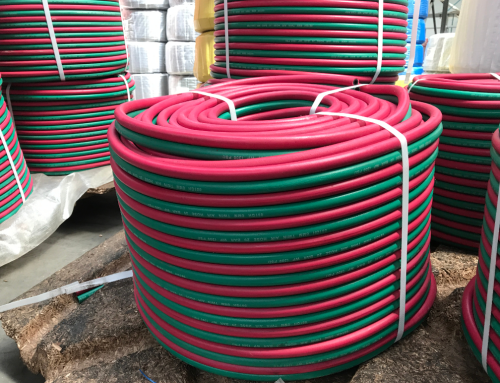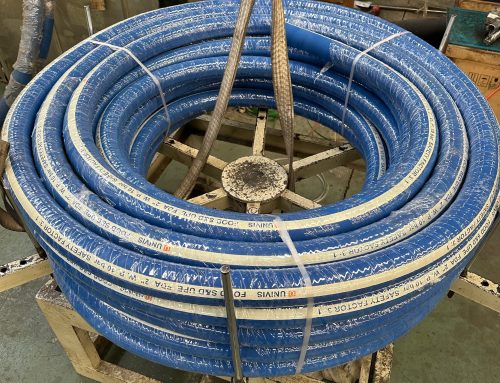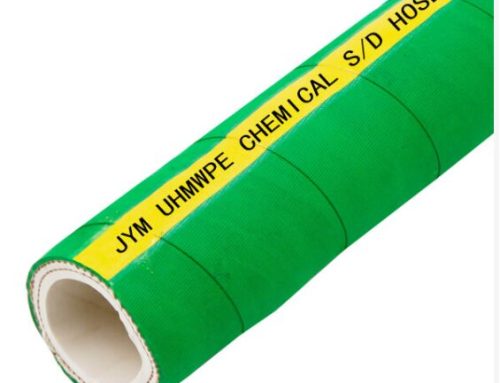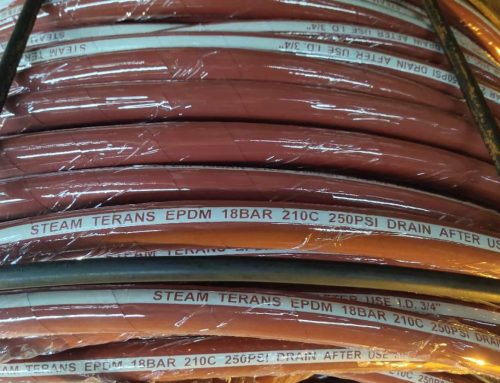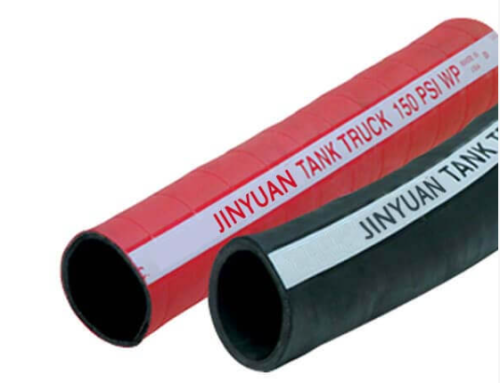ABRASIVE BLASTING OVERVIEW
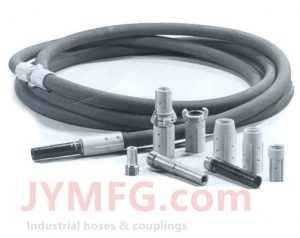 Abrasive blasting, also known as grit blasting or sandblasting, utilizes blast equipment, such as air pressure systems, centrifugal wheel blasting and wet blasting to propel a wide range of blasting media and grits by Rubber Sandblasting Hose.
Abrasive blasting, also known as grit blasting or sandblasting, utilizes blast equipment, such as air pressure systems, centrifugal wheel blasting and wet blasting to propel a wide range of blasting media and grits by Rubber Sandblasting Hose.
Abrasive blasting has been in use for over a century. A variety of blasting methods are employed by industries worldwide to remove paint & debris, prepare surfaces for paint & coatings, strengthen metal surfaces and adhesion, clean rust and grease, and engrave stone. Abrasive blasting offers significant cost and time savings over alternative methods. Additionally, blasting can replace the use of dangerous chemical strippers and solvents.
With the health dangers of silicosis from sandblasting, these alternative media offer safe blasting options, as well as being more effective in protecting substrates that are damaged with sandblasting.
Grit Blasting Equipment
Portable abrasive blasting equipment is available for onsite blasting of cars, boats, homes, buildings, stone, brick and wood. Blast rooms employ blasting equipment with specialized dust collection systems to protect against fire hazards. Additionally, airtight blast cabinets offer solutions for blasting smaller parts. Blast cabinets and rooms allow for easy clean up of media, which in many cases is reclaimable and reusable multiple times.
Abrasive Blasting Media Selection: Hard & Soft Abrasives
The selection of the correct abrasive blasting media type is critical. Abrasive media are divided into hard abrasives and soft abrasives. Hard abrasives include aluminum oxide, garnet, silicon carbide, steel shot, steel grit and glass beads. Hard abrasives are used to remove rust and scale from hard metals, introducing a profile to metal surfaces, and peening to strengthen metal surfaces.
Soft abrasives include walnut shells, plastic blast media, corn cob media, baking soda and wheat starch. Soft abrasives are used to remove paint and coatings from hard and soft metals such as steel and aluminum, as well as soft substrates including composites, fiberglass, rubber, plastics and wood. Soft abrasives, when used with the correct blast parameters, can safely remove paint and coatings from delicate surfaces without etching, marring or pitting. Abrasive blasting with soft abrasives are commonly used for paint removal from cars, trucks, trailers, boats, planes, trains, helicopters, military ground equipment and furniture.
Blasting Parameters
Important blasting parameters are: working pressure, nozzle distance, media type and media size. Each blasting operation requires careful calibration of these factors to ensure maximum efficiency without damaging surfaces or parts. Typically, harder surfaces with tougher coatings will use aggressive media at higher working pressure, while more delicate surfaces will require softer media at lower pressure. Nozzle distances vary from 1-4 feet depending on surface, coating and media.
Blasting Safety
Prior to abrasive blasting, careful preparation and consideration must be given to worker safety. Typically, blasting workers wear protective body suits that include respirators to protect from dust inhalation. Due to the significant increase in decibel exposure during blast operations, workers also wear ear protection. With all dust forming operations, dust collection is key to prevent fires. Therefore, dust collection systems are essential for blast rooms and cabinets. Outdoor blast operations should be aware of dust safety and precautions.
Blasting With JYM SANDBLASTING HOSES
We supply a complete line of rubber sandblasting hose, air hose, twin line hose and couplings. Please contact us for product selection, technical expertise, pricing and shipping information.

